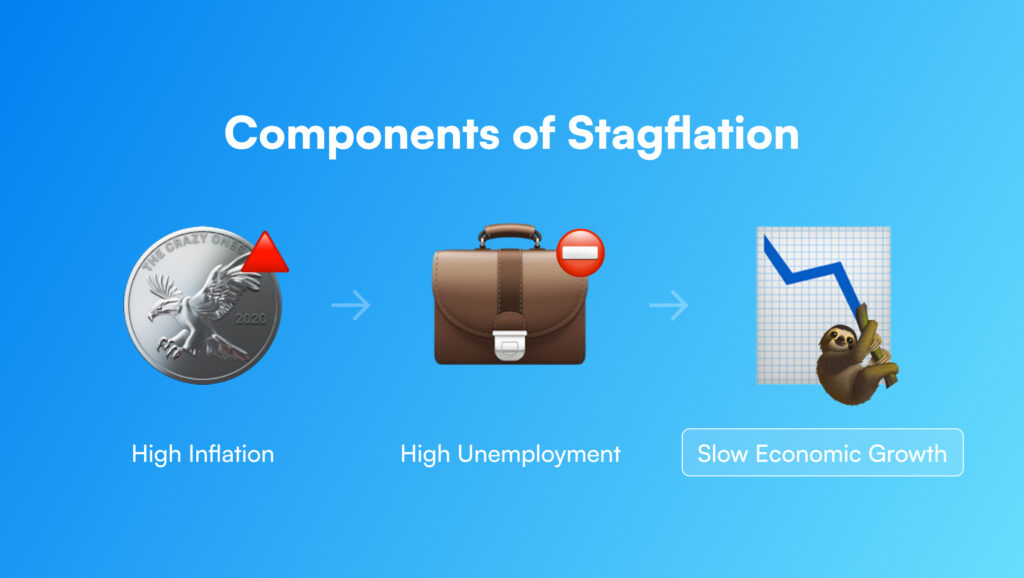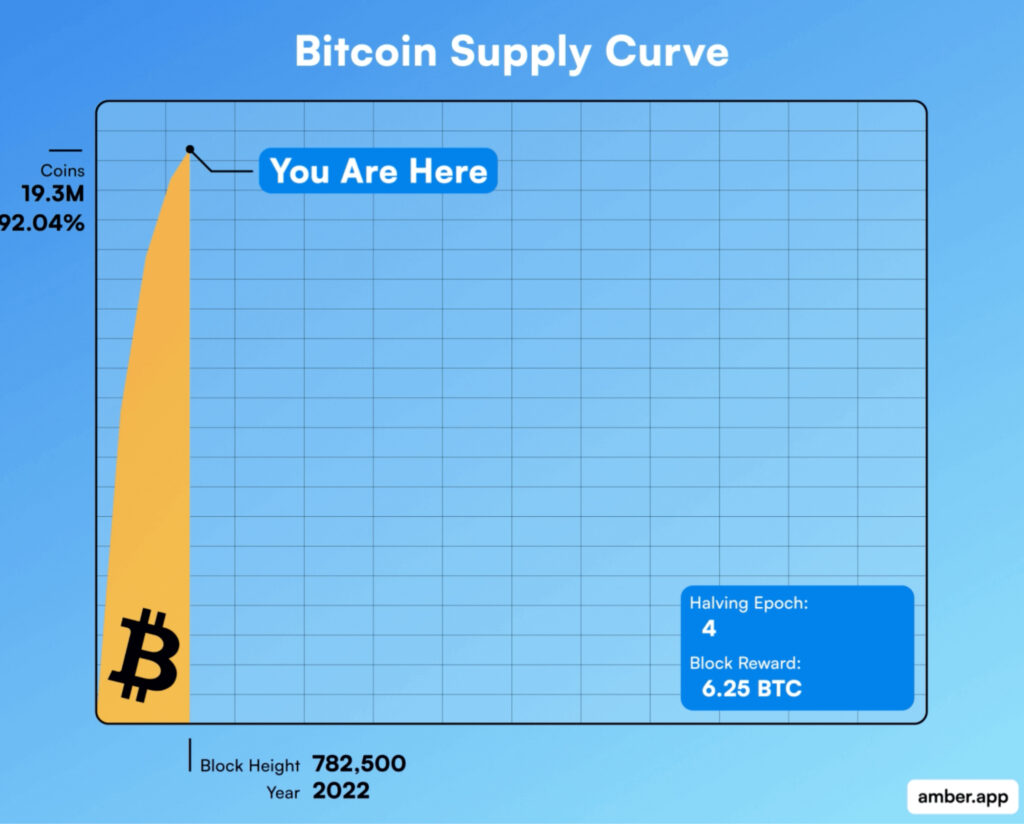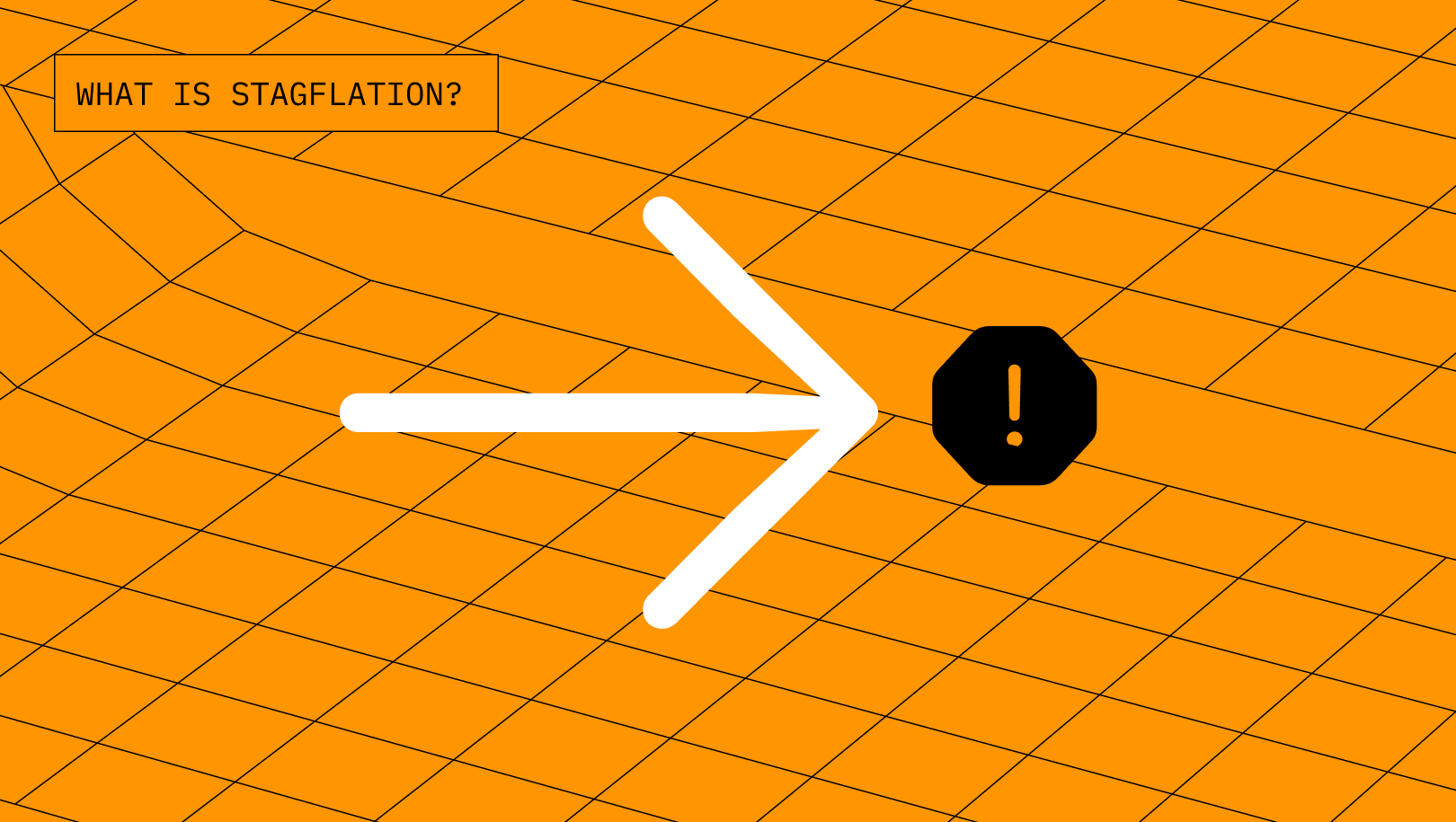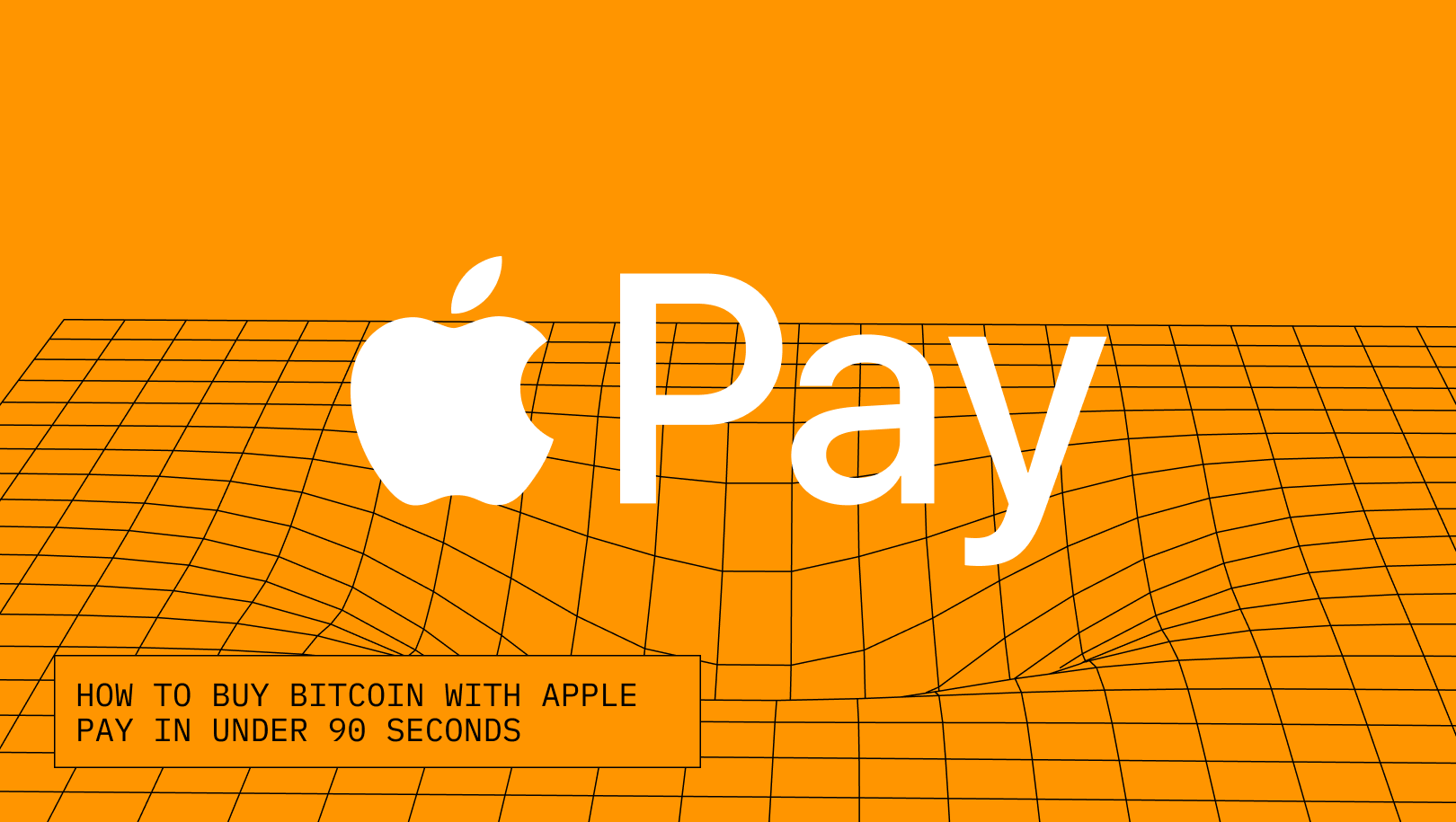Ask yourself the question… “What is worse for my living standard: higher inflation or recession? Which is the lesser of two evils?” It’s complicated. Higher inflation (hyperinflation levels) can often lead to a recession. When recessions don’t often lead to hyperinflation. “But, what happens if both happen at the same time? Can they?” Stagflation is the term used to describe this scenario. As the name suggests, stagflation = high inflation + a stagnation of economic growth. A situation that no country wants to endure. The US experienced this back in the 1970s and should be doing everything to avoid a repeat of events. Although, stagflation is a very legitimate risk due to the FED continuing to say recession is a possibility and things will get worse. With one of the world’s largest investment management companies, Blackrock, mimicking those claims.

How does Stagflation occur?
The slowing of economic growth is beginning to happen. Technically though, the USA and AUS are not in a recession – right now. An important factor is the unemployment rate. Both Australia and USA have similar unemployment rates of 3.5% & 3.6% respectively, which is quite low for the last 20 years. Unfortunately, unemployment rate is usually a lagging indicator. As explained intrinsically in this video (which also goes over the question of inflation vs recession!), an employer will cut employees as their last cost. Typically, they will reduce their spending costs first (leading to a slowing of economic growth), then they will cut employees if times get too tough (leading to a rise in unemployment rate). The inflation part of stagflation is well and truly here. CPI was announced at 9.1%. The highest it’s been in 40 years, but the FED doesn’t expect inflation to top here yet. The FED doesn’t want to make the same mistakes as the UBS’s estimates.

What’s the bottom line?
Such inflation numbers are hurting the average consumer in wages, housing and food. Despite fuel prices dropping this month, they remain significantly higher than they were 12 months ago. Living Outside the US The USD continues to strengthen against many other currencies. With the DXY reaching its highest levels since 2002. If you live outside the US, it is likely your purchasing power relative to the USD has been declining over the past 6 months. For example, the USD is $1 to $1 with the Euro for the first time since 2002.
The Aussie dollar also continues to fall. Most currencies are becoming weaker against the most important currency in the world, the US dollar (other than Bitcoin!). Not only that, but you are likely experiencing your own inflation as well.

Bitcoin’s role
Although we recommend you stack sats and save, rather than trade, Bitcoin still trades like a risk-on asset; a speculative cryptocurrency that hackers use, that gets bundled up with all the scam-coins of the alt-coin world. Greg Foss sees it as protection against the dollar. “It’s just maths,” as he says. What happens when this global monetary sham comes crashing down? Inflation is at 9.1%. Bitcoin will inflate another 9.1%. Over the next 120 years until the last BTC is mined. Fiat currency can inflate at anyone’s guess over the next 120 years. Look at how well it’s done over the past 110 years. Remember if inflation is at 9.1% then in nearly 8 years your purchasing power has reduced 50%. Opt out.






